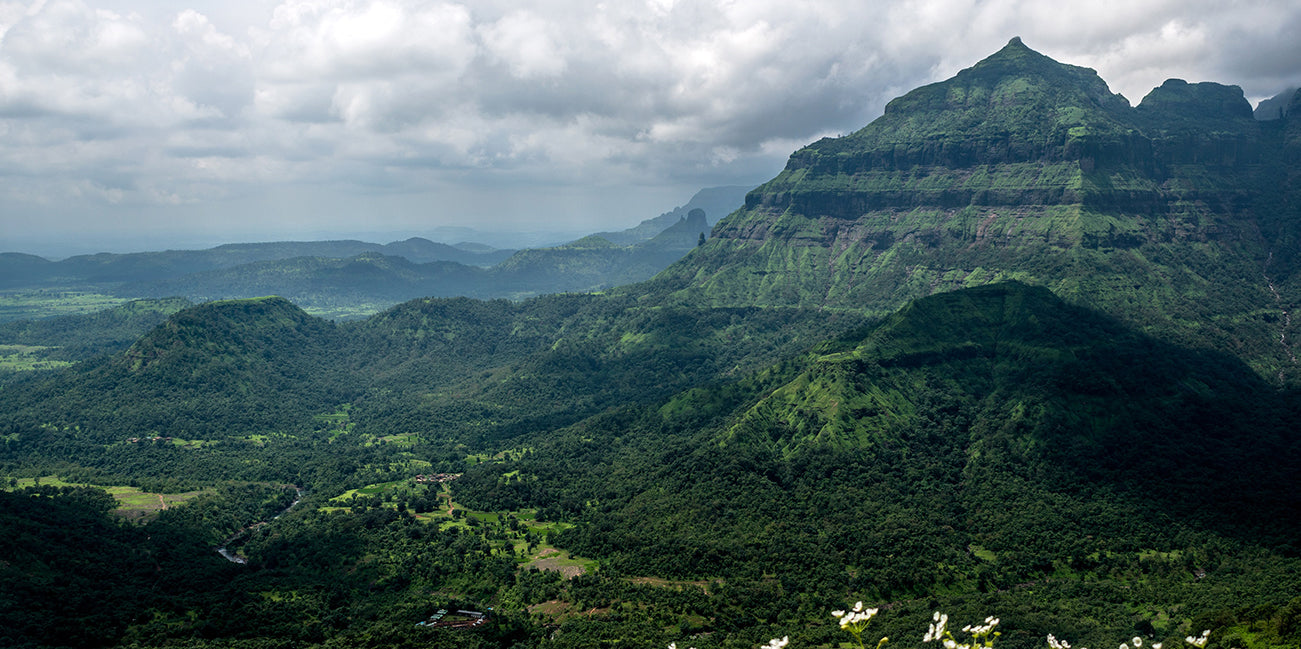Altitude
1,220 - 1,524 masl
It’s not just about where coffee grows but how high up it grows. Flavors become lighter and more complex the further from sea level a coffee grows, going from earthy to sweet to nutty citrus and chocolate to spiced wine and fruits.





